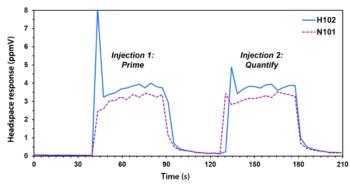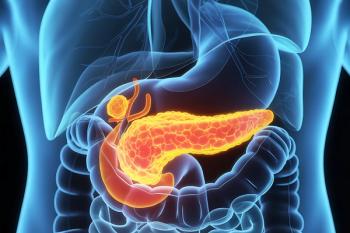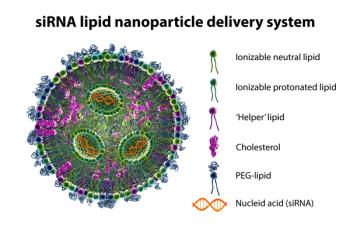
Tips & Tricks: GPC/SEC How to Expand The Lifetime of Columns
Allthough GPC/SEC columns are expected to be, in general, less stable than HPLC columns, they can be used for several years if handled properly.
Unlike HPLC columns, GPC/SEC columns are made of crosslinked polymeric materials with a permanent porosity. Because of the permanent porosity GPC/SEC columns are pressure sensitive and need more care than other LC columns.
An important quality criterion for the lifetime of columns is the crosslinking density. A low crosslinking density leads to poor mechanical properties and low solvent compatibility. However, highly crosslinked material supports unwanted adsorption, so that a good compromise needs to be found.
Packing of GPC/SEC columns requires special knowledge and strict procedures to achieve highest resolution and optimum size separation. This makes GPC/SEC columns more expensive than HPLC ones.
Allthough GPC/SEC columns are expected to be, in general, less stable than HPLC columns, they can be used for several years if handled properly.
Newsletter
Join the global community of analytical scientists who trust LCGC for insights on the latest techniques, trends, and expert solutions in chromatography.





